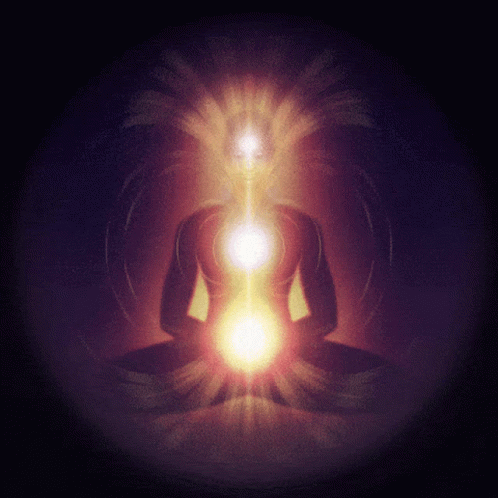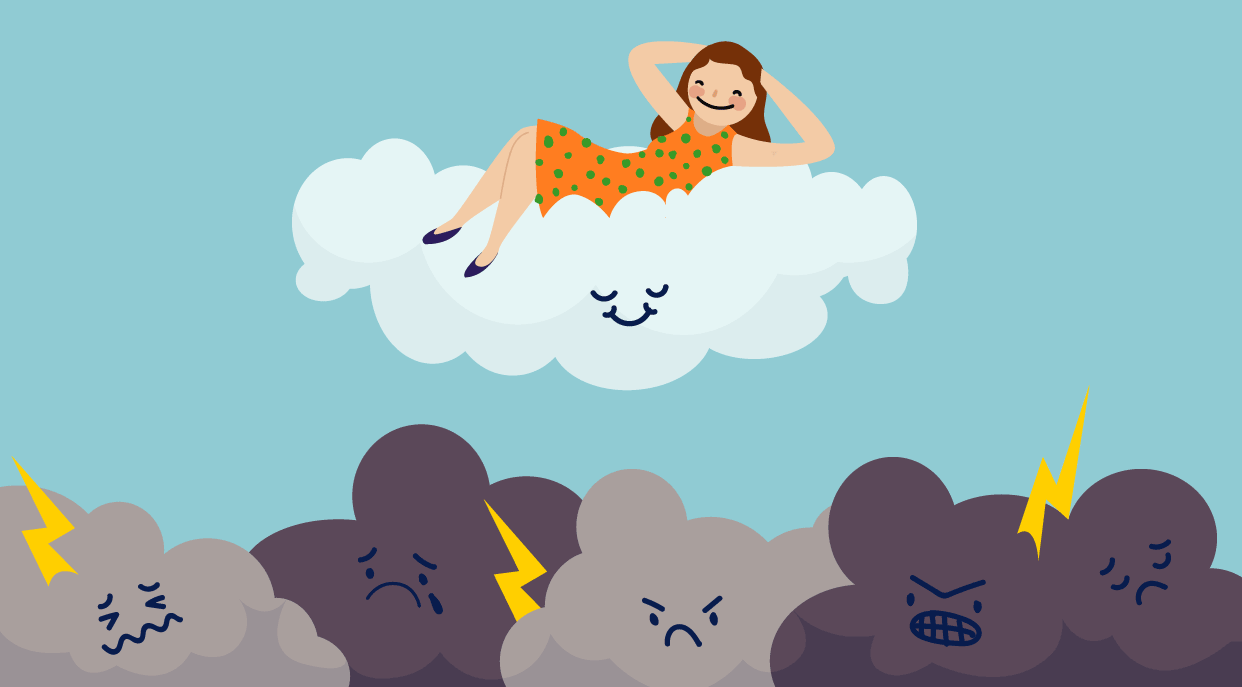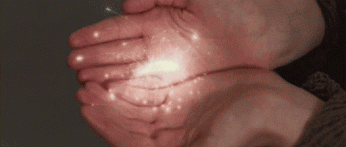Tenents, Pillars & Techniques, Oh My!
Osteopathy is a form of non-reductionist science based manual therapeutic practice that focuses on the holistic approach (vs the allopathic reductionist approach) to health and well-being. Osteopathy views that the body has the ability to heal itself and that the structure (anatomy) and function (physiology) of the body are irrevocably interconnected based on Four Tenants and 5 Pillars of Healths.
For the purpose of this post, it's also important to first recognise what constitutes, mind, body and spirit:
Mind: The thoughts, consciousness, attitudes, beliefs, and feelings of a person (1)
Body: The physical structure that houses a person, made of cells, tissues, organs, and systems (1)
Spirit: The essence of each individual, the breath of life in a person that gives them a sense of power, virtue, love, and truth. (2)

The Four Tenets of Osteopathy are:
The Body is a Dynamic and Adaptive Unit: Osteopaths believe that the body is a unit and that the person is a combination of mind, body and spirit (as defined above).
The Body has Self-Healing Mechanisms: The body is capable of self-regulation, self-healing, and health maintenance. We aim to identify and remove obstacles that hinder the body's natural healing processes.
Structure (Anatomy) and Function (Physiology) are reciprocally interrelated: All structures of the body, including the bones, muscles, ligaments, fluids, and organs, are intimately connected and inherent to its proper function. Any disruption in form or function can effect the functioning and overall health and well-being of the body.
Rational Treatment focuses on the above three tenants of body unity, interrelated structure and function, and self-regulation: Osteopaths consider the whole person, not just the symptoms or the affected symptomatic area. They take into account the individual's physical, mental, and emotional well-being when diagnosing and treating a condition and are based on these connected four tenents.

While not one of the four tenents, this is another aspect of Osteopathy:
Prevention is key: Osteopaths emphasize the importance of preventive care and maintaining overall health to prevent future health problems. They work with patients to develop strategies for healthy living, including exercise, nutrition, and stress management.
In addition to the Four Tenets, osteopathy recognizes the Five Pillars of Health. Yes, there are 6 in this image, but The 5 Models (Neurologic, Biomechanical, Respiratory-Circulatory, Metabolic-Energetic, and Behavioral), are all mediated through the Musculoskeletal system at the centre:

Structure: Osteopaths assess and address any structural imbalances in the body that may effect overall health. This includes evaluating the musculoskeletal system and ensuring proper alignment and mobility.
Nutrition: Osteopaths recognize the importance of proper nutrition for maintaining optimal health.
Circulation: Osteopaths understand the significance of good circulation for the body's functioning and healing processes. They may use manual techniques to improve blood flow and lymphatic drainage.
Respiration: Osteopaths focus on the quality of breathing and its impact on health. They may provide exercises and employ techniques to improve respiratory function and enhance overall well-being.
Mind-body connection: Osteopathy acknowledges the influence of mental and emotional well-being on physical health. Osteopaths may incorporate stress management techniques, relaxation methods, and mindfulness practices to support the mind-body-spirit connection.
These principles and pillars guide osteopathic practitioners in their approach to wellness care, aiming to restore balance (homeostasis), promote self-healing, and optimize the overall health and well-being of individuals using therapeutic techniques based on and adapting to each clients needs using any and all of the following:
Osteopathic manipulative treatment (OMT) - This technique is especially effective for addressing musculoskeletal disorders, such as back pain, joint stiffness, and sports injuries.
Craniosacral Techniques - Craniosacral techniques were developed by Dr. William Sutherland (a student of founder Dr. Andrew Stills) and are used on all possible cranial regions to restore normal biomechanical mobility, restore vascularisation and neurological conduction as well as to restore physical dysfunctions. Craniosacral therapy is a very non-invasive, gentle mobilisation technique of the cranial sutures and structures including the temporomandibular joint. The aim is to balance and restore mobility, vascularity and appropriate neurological conduction.
Visceral manipulation - aims to assess and improve the mobility and alignment of the organs, as well as the connective tissues and fascia surrounding them using gentle manual techniques to release tension, adhesions, and restrictions in the organs.
Lymphatic drainage - aims to stimulate and enhance the natural movement of lymphatic fluid, helping to eliminate toxins, reduce swelling, and promote overall health and well-being.
Myofascial release - usefully for restoring flexibility and relieving chronic pain
Joint mobilization - particularly beneficial for individuals suffering from conditions like arthritis, frozen shoulder, or post-surgical stiffness.
Muscle energy techniques - the purpose of this technique is to improve joint mobility, correct imbalances, and relieve musculoskeletal dysfunctions.
Strain/CounterStrain: Also known as positional release, SCS is a passive positional technique aimed at relieving musculoskeletal pain and dysfunction through indirect manual manipulation
Soft tissue techniques
And so much more!
Osteopathy is health focused, not disease focused. Much of mainstream medicine sees patients in a disease focused manner; it is a great business model that yields high financial profit by creating long term permanent users as clients.

Osteopathy, however, has as it's goal, effective client-centred treatment so that you do not need to continue treatment! We aim to provide patient care informed by concepts of body unity, structure-function relationships, and self-regulation to facilitate adaptation and maintain homeostasis (balance) and optimal health and wellness. Our goal at Healing Hands is for you to recover and live your best pain free life without needing constant care, although just as with all living (and innate) things, maintenance is very helpful in preventing both short (acute) and long term (chronic) issues. Prevention is ALWAYS key!
The above combined is why Osteopathy is both a science and an art! As Dr. Andrew Still, the creator of Osteopathy, famously quipped,
“To find health is the object of the doctor.
Anyone can find disease”.
Finding your path to health and wellness may be a short direct route (we all wish for this!) or a long winding journey (remember small incremental steps in chronic and complex issues yield the best long term results for change). Either way, a good provider is always there to meet you where you are at in your journey, be present with you in a non-judgemental and compassionate way, yet also help you face the obstacles that may be preventing you from healing and recovery.
It is truly Mind, Body, and Spirit in action!
Sources:
1. Mind & Body: Chila, AG, Carreiro, JE, Dowling, DJ, Jerome, JA, Patterson, MM, Rogers, FJ, et al.. Overview of the osteopathic medical profession. In: Foundations of osteopathic medicine, 3rd ed. Baltimore, MD: Lippincott Williams & Wilkins.
2. Spirit: Lemley, WW. A discussion of spirituality and the teaching of spirituality in an osteopathic medical curriculum. AAO 2002;12:9.
3. Quote: Still A. T. (1902). The Philosophy and Mechanical Principles of Osteopathy. Kansas City: Hudson-Kimberly Pub Co.














